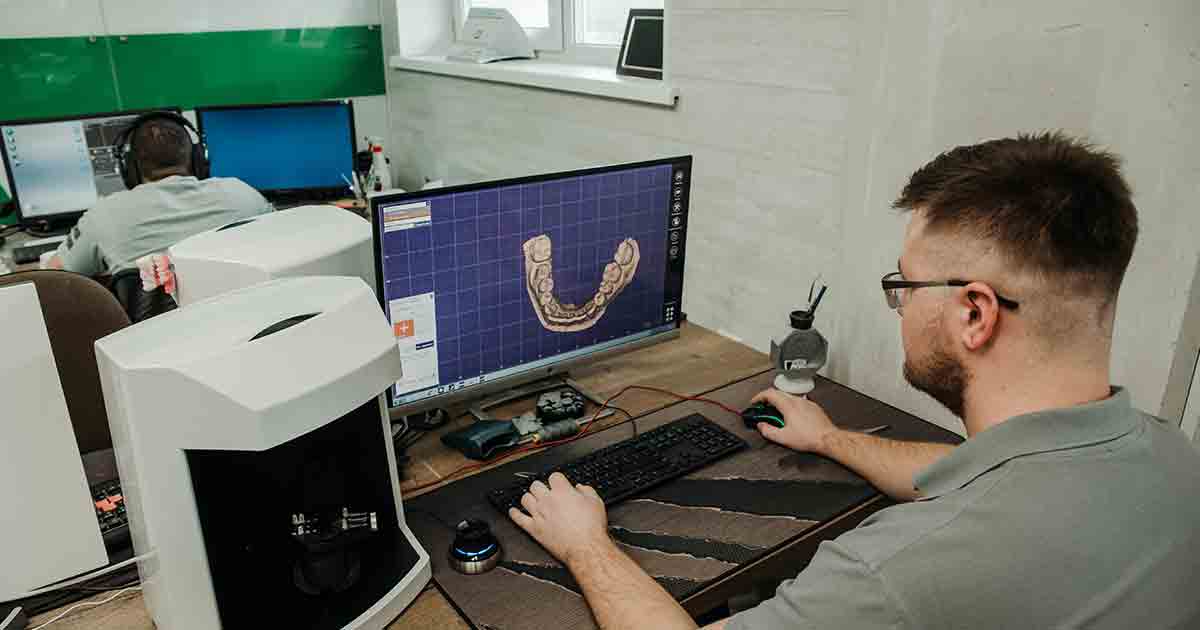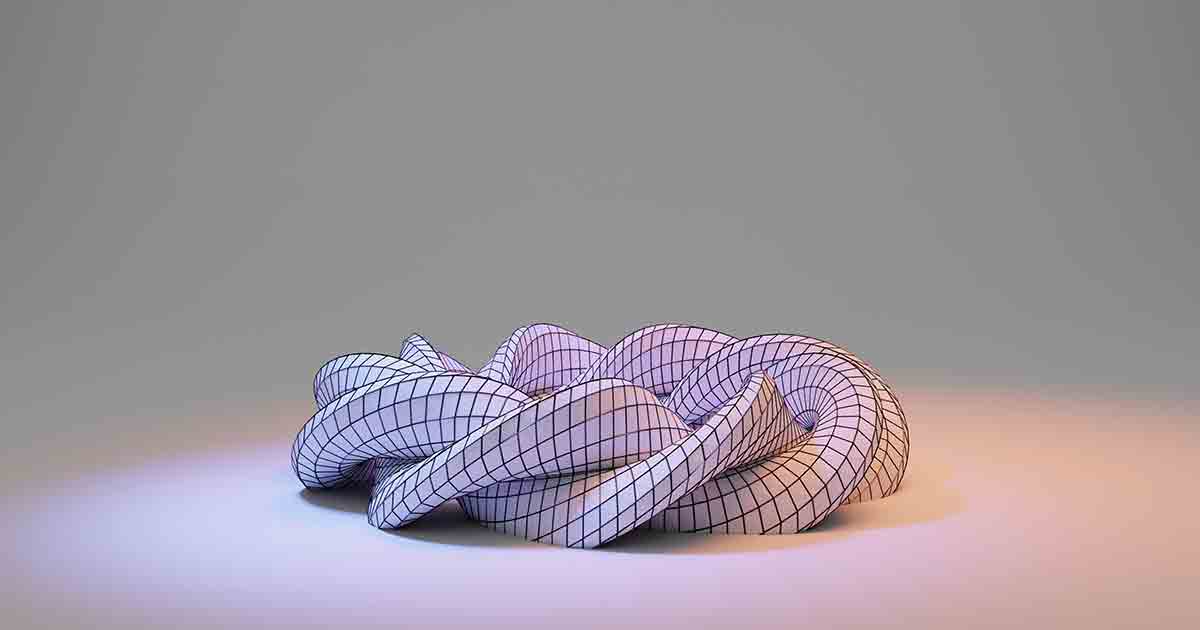How to make a 3d modeling portfolio?

How to make a 3d modeling portfolio?
HOW TO MAKE A 3D MODELING PORTFOLIO?
In today’s digital age, creating a solid online presence is essential for professionals in various fields.
For 3D artists and modelers, one of the most effective ways to showcase their skills and attract potential clients is through a well-crafted 3D modeling portfolio.
A portfolio visualizes an artist’s abilities, style, and expertise, providing a comprehensive overview of their work.
In this article, we will explore the basic steps to creating a compelling 3D modeling portfolio that captivates your audience and helps you stand out in the competitive world of digital art.
Introduction
Before diving into creating a 3D modeling portfolio, let’s understand its importance.
A portfolio is a virtual gallery allowing potential clients, employers, or collaborators to assess your skills, creativity, and professionalism.
It serves as a platform to display your finest work and create a memorable initial impact.
A strong portfolio shows your capabilities and establishes your credibility as a 3D artist.
Investing time and effort into building an impressive portfolio increases your chances of attracting exciting projects, collaborations, and career opportunities.
Define Your Goals
- Before creating your portfolio, it is crucial to define your goals.
- Evaluate your target audience and what you want to achieve through your portfolio.
- Are you targeting game developers, architectural firms, or advertising agencies?
- Understanding your audience will allow you to tailor your portfolio to their needs.
Set clear goals for your portfolio. Do you like to showcase your expertise in a particular niche or show versatility across various styles?
Defining your goals provides clarity and direction throughout the portfolio creation process.

Showcase Your Best Work
The centerpiece of any 3D modeling portfolio is the artwork itself.
Start by carefully selecting your best and most representative pieces.
Choose high-quality models highlighting your technical skills, creativity, and attention to detail.
Presenting a cohesive body of work that reflects your unique style and abilities is essential.
Whether it’s character design, architectural visualization, product modeling, or any other specialization, aim to include a variety of projects that show your versatility and range as an artist.
Organize Your Portfolio
An organized and well-structured portfolio is essential for a positive user experience.
Consider creating separate sections or categories to showcase different projects or styles.
It allows visitors to navigate your portfolio quickly and find the specific type of work they are interested in.
For example, you could have sections for characters, environments, vehicles, or industries like gaming or architecture.
Organizing your work effectively makes it easier for potential clients or employers to explore your portfolio and find what they seek.
Create Captivating Visuals
For presenting your 3D models, visuals are key. Use high-resolution images to display your work in all its glory.
Ensure each model is well-lit, adequately textured, and rendered in the best possible quality.
Consider including multiple views or angles of each model to provide a comprehensive understanding of your creations.
If you have animations or interactive models, incorporate them into your portfolio to add an extra layer of engagement.
Visuals are vital in captivating your audience and leaving a lasting impression.
Write Engaging Descriptions
- While visuals are crucial, well-crafted descriptions can elevate your portfolio and provide context for your artwork.
Describe the concept, inspiration, and techniques or software used to create each model.
- Highlight any challenges you faced and how you overcame them.
- Engaging descriptions give your audience insights into your creative thinking, problem-solving skills, and artistic process.
- Maintain concise yet informative descriptions that enable viewers to acknowledge the thought and effort invested in each project.
Demonstrate Technical Skills
Besides the final renders, consider including wireframe renders, texture maps, or other technical aspects of your models.
It allows potential clients or employers to assess your technical skills and understand your workflow.
Showcase your ability to create intricate models, realistic textures, and complex materials.
Demonstrate your proficiency in software such as Maya, 3ds Max, Blender, or any other tools you use.
A glimpse into your work’s technical side reinforces your expertise as a 3D artist.
Incorporate Variety
To showcase your versatility and appeal to a broader range of clients, incorporate a variety of 3D models in your portfolio.
Include projects showing your ability to work on different styles, genres, or industries.
For example, consider including environmental or architectural pieces if you primarily focus on character design.
It shows your adaptability and expands your potential client base.
Strive to balance specialization and flexibility, proving you can handle diverse projects equally proficiently.
Show Work in Progress
While completed models are undoubtedly important, including work-in-progress shots, sketches, or concept art can provide valuable insights into your creative process.
Showing the evolution of your projects shows your ability to conceptualize ideas, iterate on designs, and bring them to life.
It also emphasizes your dedication to continuous improvement and showcases your attention to detail from the early stages of a project.
Work-in-progress shots add depth and authenticity to your portfolio, making it more engaging and relatable.
Provide Contact Information
Include professional contact information in your portfolio to ensure potential clients or employers can reach you easily.
- It typically includes your full name, email address, website, and social media handles.
- Make it simple for interested parties to contact you and inquire about potential collaborations or projects.
- By providing clear and accessible contact details, you remove any barriers between you and exciting opportunities that may arise from your portfolio.
Optimize for SEO
Optimizing your 3D modeling portfolio for search engines in an increasingly digital world can increase visibility and reach significantly.
Incorporate relevant keywords in your descriptions, tags, and titles to enhance your portfolio’s discoverability.
Consider the specific terms and phrases potential clients or employers may use when searching for artists with your skillset.
Optimize your images’ filenames and alt tags, ensuring they include relevant keywords.
By implementing SEO strategies, you improve your chances of being found by people in the proper context.
Promote Your Portfolio
- Creating an impressive portfolio is only half the battle.
- To maximize its impact, you must actively promote it.
- Share your work on social media forms like Instagram, Behance, or ArtStation, which are popular among the 3D art community.
- Engage with other artists, follow relevant hashtags, and participate in online communities to expand your network.
- Collaborate with other artists or websites to gain exposure and reach a wider audience.
- Actively sharing and promoting your portfolio increases visibility and the likelihood of attracting potential clients, employers, or collaborators.
Seek Feedback and Improvements
- Constructive feedback is invaluable for honing your craft and improving your portfolio.
- Reach out to industry professionals or fellow artists and request critiques or reviews of your work.
- Their insights can provide fresh perspectives and help you identify areas for improvement.
- Continuously update and refine your portfolio based on the feedback received, ensuring that it remains relevant and showcases your growth as an artist.
- Embrace the iterative process, and use feedback as a catalyst for improvement.
Stay Updated with Industry Trends
3D modeling and digital art constantly evolve, with new techniques, software, and trends emerging regularly.
Stay updated with industry news by following relevant blogs, forums, and social media channels.
Stay abreast of technological advancements and incorporate them into your workflow when appropriate.
By staying informed and incorporating the latest trends and technologies, you show your commitment to growth and ensure your portfolio stays relevant and competitive.
Conclusion
Creating a compelling 3D modeling portfolio is vital in establishing yourself as a professional artist.
By adhering to the steps defined in this article, you can effectively build a portfolio showcasing your skills, creativity, and professionalism.
Remember to select your best work, organize it cohesively, provide engaging descriptions, and optimize it for search engines.
Promote your portfolio actively, seek feedback, and stay updated with industry trends to ensure continued success.
With a well-crafted 3D modeling portfolio, you can open doors to exciting opportunities and advance your career.
FAQs
Q1. What is the recommended number of projects in a 3D modeling portfolio?
A: While no fixed number exists, selecting your best work is recommended.
Quality matters more than quantity. Aim for 10-15 projects showcasing your skills, versatility, and unique style.
Q2. Can I include personal or non-commercial projects in my portfolio?
A: Absolutely! Personal projects showing your creative freedom and passion can be valuable additions to your portfolio.
They showcase your interests and give potential clients a glimpse into your artistic vision.
Q3. Should I include client work in my portfolio?
A: Including client work in your portfolio is beneficial, showing your ability to meet client requirements and deliver high-quality results.
However, ensure you have the permissions and agreements before publicly showcasing client projects.
Q4. How often should I update my portfolio?
A: It’s a good practice to update your portfolio regularly, especially when you complete new projects or achieve significant milestones.
Aim to update it at least every six months or whenever there’s a substantial change in your skills or style.
Q5. Can I use a website builder or template to create my portfolio?
A: A website builder or template can be a convenient way to create and maintain your portfolio.
Choose a platform that offers customizable options and allows you to showcase your work effectively.
However, ensure that your portfolio reflects your unique style and brand identity.




